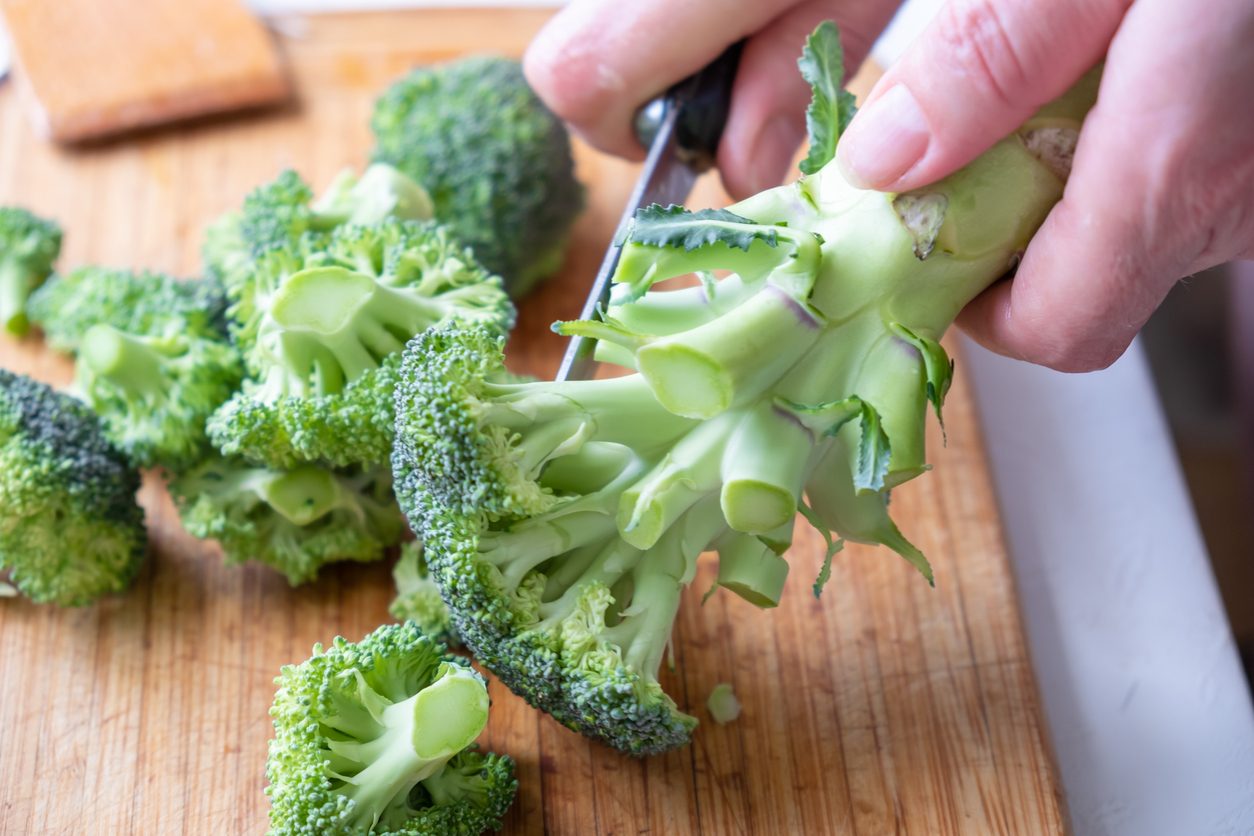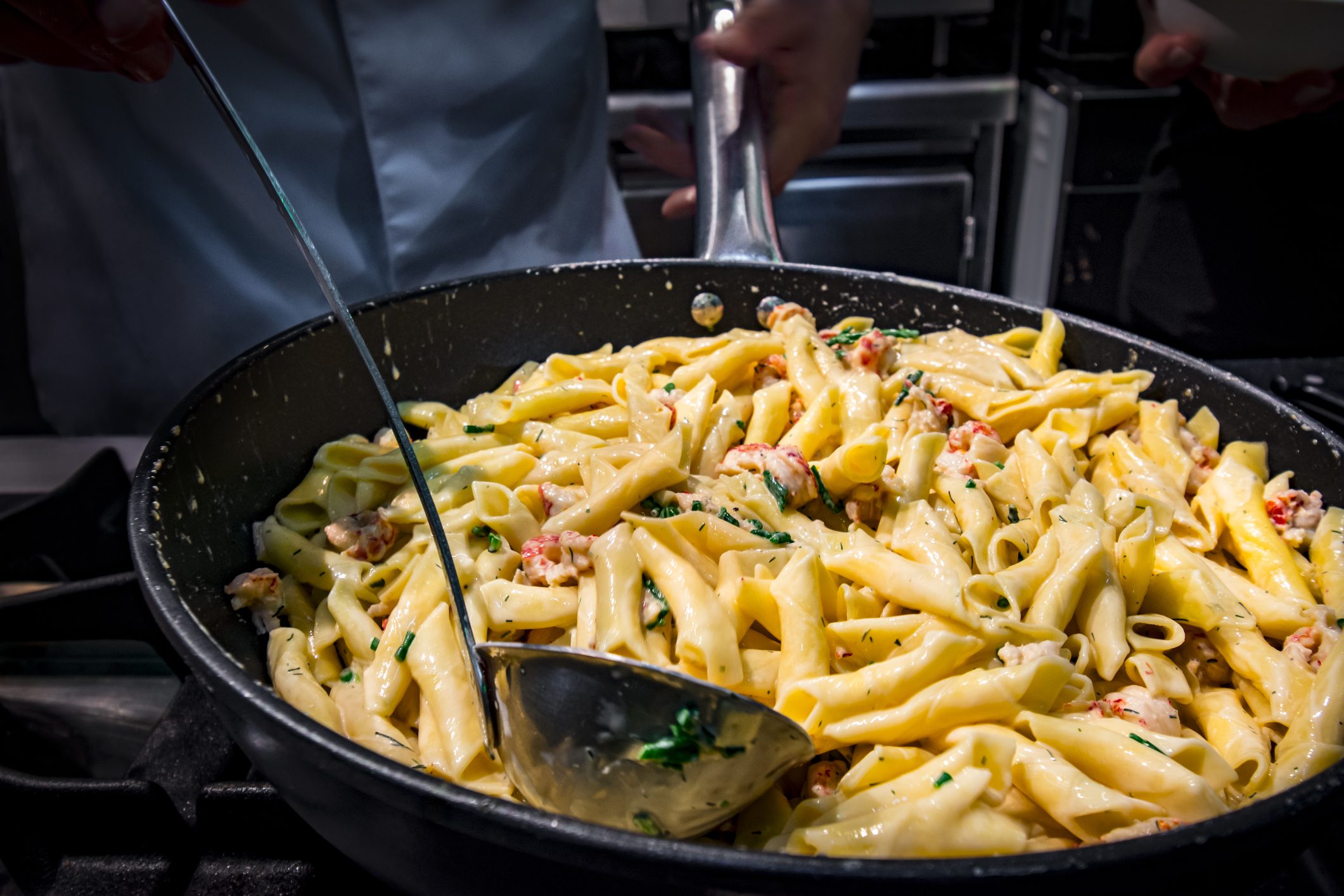5 Common Myths About Cooking Steak That You Have to Know and Discard
Cooking steak is a straightforward task, but it can also be a hassle without the right know-how. Whether you're a seasoned grill master or a novice in the kitchen, read ahead as we debunk several steak myths and instead help you discover the genuine secrets behind achieving steak perfection: from the myth of searing to the importance of resting.
;Resize,width=742;)
Cooking the perfect steak is an art form that many pro chefs continue to master each day. However, along the journey to steak perfection, there are several myths and misconceptions that can lead aspiring chefs astray. We're, therefore, here to debunk some of the most common myths surrounding cooking steak, ensuring that your next steak dinner is nothing short of extraordinary.
Myth 1: Cooking Steak at High Temperatures Makes it Juicy
One prevalent myth in steak cooking lore is the belief that searing steak at high temperatures creates a seal that locks in juices, keeping the meat moist. However, scientific studies have debunked this notion. While searing does enhance flavor through the Maillard reaction, it does not create a seal that significantly impacts moisture retention. Instead, focus on proper cooking techniques and resting the steak after cooking to ensure juiciness.

Myth 2: Poking Steak Causes it to Dry Out
Another myth revolves around poking steak with a fork or cutting into it to test doneness. The fear is that a cut will cause juices to escape, resulting in a drier steak. In reality, the amount of juices lost from a few pokes is minimal compared to the overall moisture content of the steak. Still, tt's best to rely on a meat thermometer or learn to gauge doneness by touch to ensure perfectly cooked steak every time.
Myth 3: Marinating Tenderizes Steak
Many believe that marinating steak not only infuses flavor but also tenderizes the meat. While marinating can indeed add flavor, it doesn't necessarily tenderize the steak. Most marinades only penetrate the surface of the meat and don't reach deep enough to break down tough connective tissues. Beyond having a negative effect on the flavor, it's also worth noting that over-marinating can cause the tendons in your meat to break down, ruining the resulting texture and mouthfeel. So for tenderizing, consider using a meat tenderizer or opting for naturally tender cuts.

Myth 4: Resting Seals Juiciness
Contrary to popular belief, letting steak rest after cooking doesn't "seal in" juices. However, it plays a crucial role in redistributing juices evenly throughout the meat, ensuring they're retained within the steak when it's sliced. Allow your steak to rest for a few minutes before serving to maximize juiciness and flavor.
Myth 5: Only Flip Steak Once for the Perfect Seared Crust
This myth suggests that flipping steak only once during cooking is the key to achieving a perfect crust. The belief is that frequent flipping can disrupt the searing process and prevent the development of a flavorful crust on the surface of the steak. Contrary to popular belief, frequent flipping can actually result in a more evenly cooked steak with a beautifully caramelized crust. Flipping steak multiple times allows for more even heat distribution, preventing the development of a tough, overcooked layer on the surface of the meat. Additionally, frequent flipping can reduce cooking time, ensuring that the steak cooks more quickly and evenly from edge to edge.
;Resize,width=767;)
;Resize,width=712;)
;Resize,width=712;)
;Resize,width=712;)
